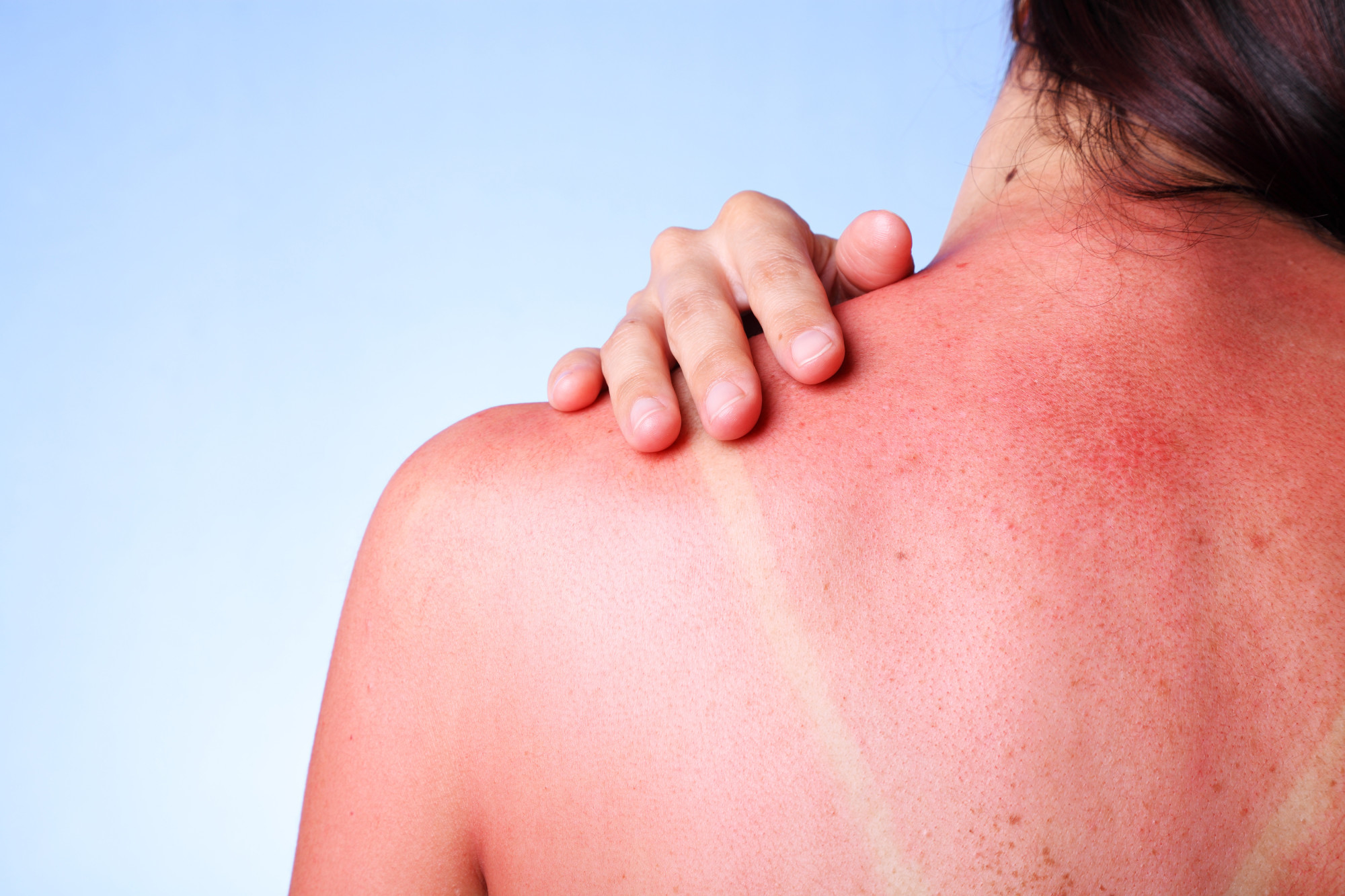Time spent out in the sun is looked at fondly by many people. Whether baking on the beach or relaxing poolside, sunshine feels great on our skin and boosts our mood. The reality is, though, that these things can have detrimental effects on the condition of our skin.
There are many types of sun damage, including wrinkles and uneven skin tone. These can give our skin an older, duller appearance, which we may not associate with our dear old summer days.
The good news is that prevention is key, as is knowing how to reverse the damage already done. Keep reading to learn more about preventing and reversing sun damaged skin.
The Process of Undoing Sun Damage
Reversing sun damage can be possible depending on the severity. Using products with antioxidants, arbutin, and hydroquinone can help reduce hyperpigmentation and restore a more even skin tone. For additional restoration, laser procedures and chemical peels can reduce the following:
- wrinkles
- age spots
- skin laxity
Sun-damaged skin’s effects can significantly reduce or reverse with early and consistent prevention and treatment measures. You can also search online if you’re looking for cosmetic dermatology near me to help you out.
Natural Solutions for Sun-Kissed Skin
Sun-damaged skin is an irritating and painful consequence of overexposure to the sun and its harmful UV rays. Natural solutions to help soothe and repair sun-damaged skin include:
- aloe vera
- raw honey
- tomato slices
Aloe vera helps to soothe, cool, and hydrate sun-damaged skin, while raw honey has natural antibiotic properties that help to speed healing. Tomato slices contain lycopene, which protects our skin from sun damage and helps reverse the effects.
Healing Environmental Damage with Lifestyle Changes
Healing environmental damage with lifestyle changes is a process that can be achieved with dedication and perseverance. Sun damage to the skin is an environmental concern that can be addressed with attainable dietary and environmental modifications.
A healthy and nutritious diet can help restore the skin’s vitality while protecting it from harmful UV radiation. Additionally, reducing exposure to pollutants through environmental and lifestyle changes can help mitigate the effects of sun damage on the skin.
Wearing protective clothing and using mineral-based sunscreens are important to protect skin cells from the damaging effects of ultraviolet light. The following are key to fighting skin infections and improving overall physical health:
- regular exercise
- stress reduction
- adequate sleep
These lifestyle modifications allow sun-damaged skin to be restored to its original health.
Optimal Skin Protection for Preventing Sun Damage
Optimal skin protection for preventing sun damage involves limiting direct sun exposure, covering up, wearing good sunscreen and covering all exposed skin, wearing a wide-brimmed hat and sunglasses, and avoiding sun exposure during peak times of the day.
These steps, though often difficult to do, can reduce the risk of sun damage to the skin. Unfortunately, sun damage has already occurred, and there is no real way to reverse the effects of the sun.
Explore More About Sun Damaged Skin
The effects of sun damaged skin can often be reversed. However, taking preventative measures while out in the sun is important to ensure proper skin health.
Using SPF sunscreen and limiting sun exposure can go a long way toward preventing this type of damage. Contact a dermatologist today to find out more information on how to keep your skin safe.
Did you find this article helpful? Check out the rest of our blogs!
